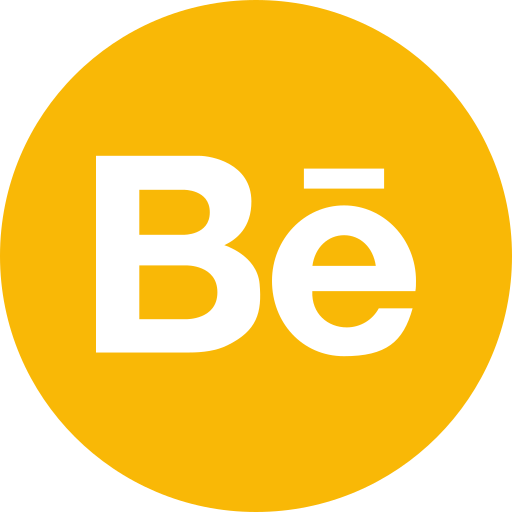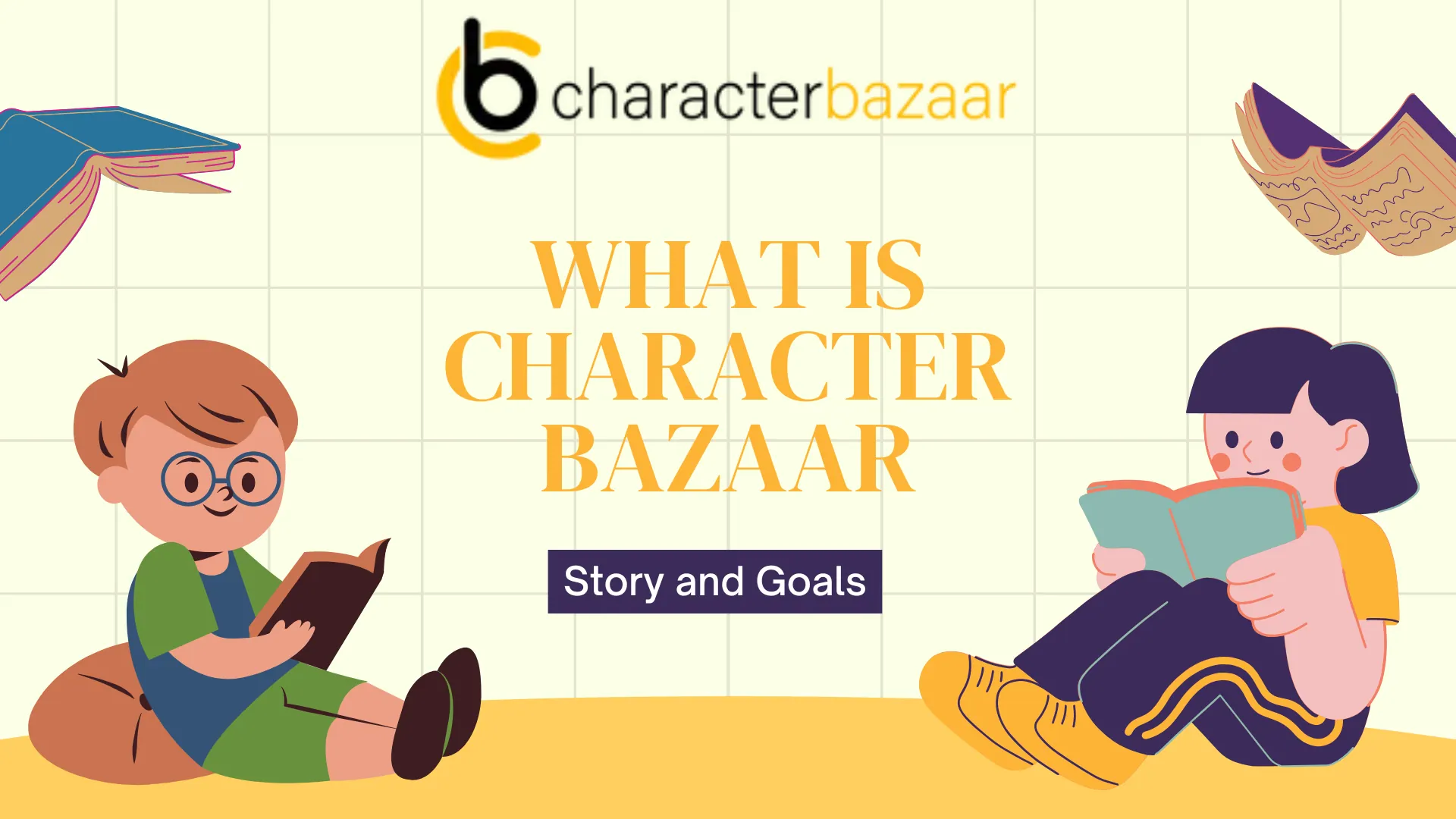
Inspiration for Character Design: Breathe Life into Your Creations
KEY TAKEAWAYS:
- Character design is all about the confluence of art, psychology, and telling of character realization.
- Inspiration can be found in Nature, History, and Personal Experiences.
- The best designs quite often are the ones that subvert expectations and yet have relatability baked in.
- The process of designing is iterative—bring patience and a will to evolve ideas.
Alchemy of Character Creation
Character design is more than drawing pretty pictures. It represents a delicate balance of art, psychology, and storytelling. A well-designed character should say something about who he is before opening his mouth to speak through his appearance, posture, and all those little hints that give something away about his personality and his background, maybe even his role in the story.
Think of some of your favorite animated characters; what does make them memorable? Was it Totoro's enigmatic smile and gentle demeanor? The gruff exterior with a heart of gold that Shrek exudes? Maybe even Elsa’s regal bearing is tinged with vulnerability? Every one of these characters works because depth and meaning are imbued into their design.
Read Also on Character Designing:
Character Design Ideas: Thinking Outside the Box
Character Concept Art: Designing the Impossible
How to Design a Character - A Deep Dive into Character Design
Think of some of your favorite animated characters; what does make them memorable? Was it Totoro's enigmatic smile and gentle demeanor? The gruff exterior with a heart of gold that Shrek exudes? Maybe even Elsa’s regal bearing is tinged with vulnerability? Every one of these characters works because depth and meaning are imbued into their design.
Read Also on Character Designing:
Character Design Ideas: Thinking Outside the Box
Character Concept Art: Designing the Impossible
How to Design a Character - A Deep Dive into Character Design
Nature: The Ultimate Character Designer
It's hard to beat the natural world as a source of inspiration for character design. After all, Mom Nature has been cranking out amazing "characters" for millions of years now, each with its own weird and wonderful adaptations.
Consider these examples:
Consider these examples:
- An axolotl with its perpetual smile and its external gills would seem to suggest an adorably alien creature
- The majestic lionfish, with its flamboyant fins, would be a great reference point for a flamboyant underwater character.
- This bizarre naked mole rat could be the basis for a comically ugly but endearing sidekick.

History and Culture: A Treasure Trove of Design Elements
Human history and culture serve as another fertile ground for character design inspiration. Every age, civilization, and cultural tradition provides a wealth of elements to choose from.
For example:
- Ancient Egyptian art could be applied to create an array of mystical characters with its typical profile views and symbolic imagery
- The ornate decoration of the Baroque era could be turned into the design for a flamboyant villain.
- A series of enigmatic spirit characters could take their cue from traditional Japanese Noh masks.

The Power of Personal Experience
Sometimes, genuinely magnetic character designs come from personal experience or emotion. Think about different people you have known, situations you have been in, or feelings that you have had. How could these be worked into a character design?
For instance:
For instance:
- That grumpy neighbor who is always yelling at kids to get off his lawn could morph into a cranky but ultimately lovable mentor character.
- How this mix of terror and excitement on the first day of school could be a motivating factor in design for a young character taking their first step toward some sort of grand adventure
- How a first encounter with the ocean can add meaning to a wide-eyed ‘innocent’ character design We can create authentic and relatable characters through extraction from our life experiences and feelings.
Unlikely Combinations: The Magic Ingredient of Super-Memorable Designs
Some of the most iconic character designs come from unlikely combinations. By matching and mixing elements that wouldn’t normally go together, you could very well be making something really special.
Here are some examples that can get you started: "
Here are some examples that can get you started: "
| Combination | Description |
|---|---|
| Cute + Menacing | A adorable fluffy creature with sharp teeth and a mischievous grin |
| Ancient + Futuristic | A robot with the bearing and wisdom of an old sage |
| Graceful + Clumsy | A ballet dancer who's constantly tripping over their own feet |

The Art of Observation: Seeing the Extraordinary in the Ordinary
One of the best skills a character designer can have is keen observation. If one only knows how to look, the ordinary world around holds a number of potentially inspiring materials.
Try this exercise: Spend a day really looking at the people you encounter. Notice:
Try this exercise: Spend a day really looking at the people you encounter. Notice:
- How does their posture reflect their mood or personality?
- What makes a particular person special or unique?
- How does this say something about who they are, through their clothes?
From 2D to 3D: How to Design for Other Mediums
Most of the time, a character designer is required to consider formats beyond traditional 2D designs as the animation industry evolves. The development of characters working in 3D animation or even live-action/CGI hybrids puts a number of challenges and opportunities in front of a designer.
When designing for 3D:
When designing for 3D:
- Consider what the character looks like from all angles
- Consider how they move and their relation with the environment they are in
- Take notice of textures and how these are going to translate into 3D rendering
For example, perhaps one of the characters is designed to have wild, carefree hair that defies gravity; this would look good in a 2D sketch but turn into a headache when animating it in 3D. On the other hand, 3D animation brings very fine textures and lighting effects into a character, breathing life into it in a way that 2D animation cannot.

The Evolution of a Character from Concept to Final Design
It’s seldom that a character design comes out perfect at the first go. It’s more often an iterative process through multiple sketches, revisions, and refinements.
The normal process for character design is as follows:
The normal process for character design is as follows:
- Initial concept sketches: Quick, rough drawings exploring different ideas
- Refinement: The most promising concepts are selected and further developed
- Feedback and revision: Share designs with the team and incorporate feedback
- Color and texture research: Experimentation with the different colour options and textures
- Turnarounds and expression sheet: Full detail views of the character in different angles and expression
- Final Polish: Finishing touches in the refinement to present a neat and tidy output of the design

Breaking the Mold: When to Follow Design Principles and When to Break Them
In character design, much the same as in any art, there are principles and “rules” that should be inclined to result in pleasing designs. This could include things such as:
- Using clear silhouettes
- Incorporating shape language (e.g., round shapes for friendly characters and sharp angles for villains)
- The rule of thirds in facial feature placement
- Mike Wazowski from Monsters, Inc. breaks this “rule” of eyes on a character—instantly unique, full of charisma design
- Cubist-inspired characters intentionally distort proportions and perspective for an artistic effect
- Amorphous characters, such as Oogie Boogie in The Nightmare Before Christmas, blur traditional character structure altogether
Inspiration in the Digital Age: Navigating Online Resources
Character designers can draw inspiration from the internet in the present day. Places like Pinterest, ArtStation, and Instagram have huge galleries of art that can inspire your imagination. But there’s a right way and a wrong way to use these resources.
Here are some tips:
- Use online resources for inspiration, not imitation. Your goal is to spark ideas, not copy the existing designs.
- Create different inspiration boards. Not just character design, but photography, architecture, fashion, etc.
- Follow a variety of artists, not just your favorite people or those who do your favorite style.
- Step away from online inspiration once in a while. Looking at too many pictures online can either paralyze your creativity or make you start subconsciously copying people.
The Role of Story in Character Design
A major component of character design that rarely gets deeply considered is that of the story. Great character design isn’t just about making something that looks cool – it’s about supporting and augmenting the character’s function in a narrative.
When coming to character design, ask yourself:
When coming to character design, ask yourself:
- What’s this character’s backstory?
- What’s their role in the story?
- How do they change over the course of the narrative?
Making Your Designs Breathe: The Importance of Animation Potential
I, as an animator, cannot give greater emphasis on designing characters that are visualized with animation in mind. Sure, a character might look wonderful just on paper, but if they’re really bad to animate, you won’t end up using them for the final product.
Consider how:
Consider how:
- He’s going to move and design with their main actions in mind.
- Will any of the design elements be especially challenging to animate? Examples are detailed patterns, and numerous dangling accessories
- How shall the character emote? Make sure the face is designed to accommodate expression.
Finding Your Own Inspiration: Building a Personal Process
Ultimately, it is a very personal component of finding inspiration for character design. The thing that works for one artist won’t work for another. The key is to seek out different means and resources of inspiration in order to find what inspires you.
Some artists find-
Some artists find-
- People watching at train stations or other public places is helpful;
- Others might tour museums and galleries,
- Read across genres,
- Listen to music or podcasts while sketching, or
- Brainstorm with others.
Conclusion: Embark on the Never-Ending Quest for Inspiration
It’s a journey, not a destination—character design. And as you grow older and bloom as an artist, so will your inspirations and concept of design. Embrace that! Keep open your eyes, mind, and heart to this world that exists, and you shall never suffer from a lack of inspiration for your character designs.
Remember, every great character always starts with a single spark of inspiration. Fan that into flame, and who knows? It could be your next design that will be that character who captures the world’s imagination.
Remember, every great character always starts with a single spark of inspiration. Fan that into flame, and who knows? It could be your next design that will be that character who captures the world’s imagination.
FAQ
1. How do I ensure that I don’t end up with too similar-looking character designs to characters already in existence?
Work out unique combinations of traits, with much variance in inspiration, and always develop some different sketches before settling on one. If in doubt, it is never a bad idea to seek the opinions of others or post your work in online forums.
2. Are drawing skills necessary for becoming a good character designer?
While strong drawing skills are obviously helpful, they’re not the only factor in good character design. Creativity, storytelling ability, and grasp of design principles are equally important. Many successful character designers use digital tools or partner with other artists to bring their ideas to life.
3. How can I design characters that are going to appeal to a worldwide audience?
Research different cultures and diverse elements in your designs. Stereotyping goes out the window; it’s universal emotion and experience. Work with sensitivity readers or sensitivity consultants to ensure that your work is respectful and appropriate.
4. How important is color in character design?
Color in character design is very important to help carry personality and emotion and to support storytelling. However, it’s often best to start with solid black-and-white designs before stepping into color just to make sure the silhouette and forms are tight.
5. How do I protect my character designs from being copied?
Completely preventing copying is quite difficult, so you will want to take some precautions to protect your work. These include registering copyrights, using watermarks on posted images, and being very careful about where and how much of your work you share online. If you work professionally, make sure you have a clear contract regarding who owns the designs.
Let's Discuss !!














